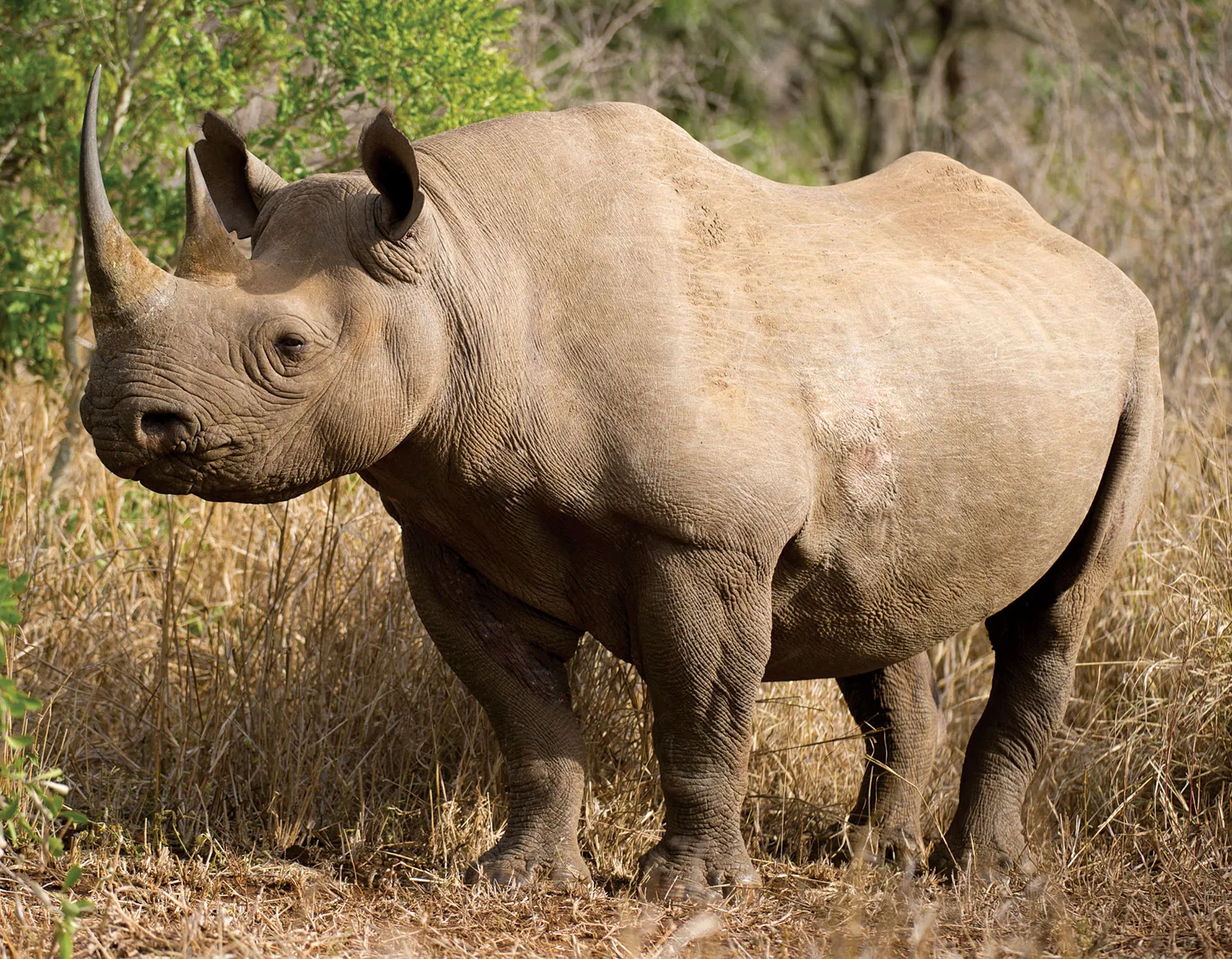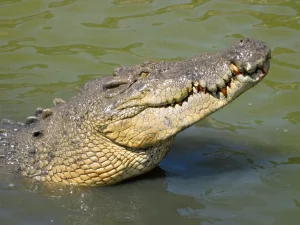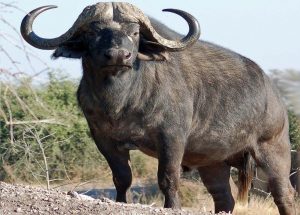The main distinguishing feature of the modern rhinoceros is the presence of horns in the nose area. Depending on the species, the number of horns can vary between two, but sometimes there are individuals with more horns. The anterior horn originates from the nasal bone and the posterior horn from the front of the skull of the animal. These solid outgrowths are not composed of bone tissue, but of concentrated keratin. The largest known horn was 158 centimetres long.
Character and lifestyle
The black rhinoceros is rarely aggressive towards conspecifics, and occasional fights result in minor injuries. The vocal signals of this species are not diverse or particularly complex. An adult animal snorts loudly and, when startled, whistles in a high-pitched, piercing whistle.
White rhinoceroses are usually grouped in small groups of ten to fifteen individuals. Adult males are very aggressive towards each other, and fights often result in the death of one of the competitors. Older males use scent marks to mark grazing areas. On hot, sunny days, they tend to hide in the shade of plants and only come out into the open at dusk.
The slowness of the Indian rhinoceros is deceptive, as these representatives of the species are simply reactive and agile. At the first signs of danger and in self-defence, this animal is capable of accelerating up to 35-40 km/h. In favourable wind conditions, this large ungulate mammal can sense the presence of a human being or a predator several hundred metres away.
The Sumatran rhino is predominantly solitary, except during the birth and rearing of calves. According to scientists, it is the most active rhino species in existence today. They mark their habitat by leaving droppings and breaking small trees.
The Javan rhinoceros also belongs to the category of solitary animals, so pairs are only formed during the mating season. The males of this species, in addition to scent marks, leave numerous scratches, which they make on trees or on the ground with their hooves. These markings allow the ungulate mammal to mark the boundaries of its territory.
Rhinoceros species
The family Rhinocerotidae is represented by two subfamilies, comprising seven tribes and 61 genera (57 rhinoceros genera are extinct). To date, five modern rhinoceros species have been well studied:
- Black rhinoceros (Diceros bicornis), an African species represented by four subspecies: D. bicornis minor, D. bicornis bicornis bicornis, D. bicornis michaeli and D. bicornis longipes (officially recognised as extinct);
- The white rhinoceros (Cerattherium simum) is the largest member of the rhinoceros family and the fourth largest land animal on the planet;
- The Indian rhinoceros (Rhinoceros unicornis) is the largest Asian rhinoceros in existence today;
- The Sumatran rhinoceros (Dicerorhinus sumatrensis) is the only surviving representative of the Sumatran rhinoceros genus (Dicerorhinus) of the rhinoceros family. The subspecies D. sumatrensis sumatrensis (western Sumatran rhinoceros), D. sumatrensis harrissoni (eastern Sumatran rhinoceros) and D. sumatrensis lasiotis belong to this species.
How long does a rhinoceros live?
The lifespan of a rhinoceros in the wild rarely exceeds three decades, but in captivity it may live somewhat longer, depending on the species and how well studied the mammal is.
You may also like:



